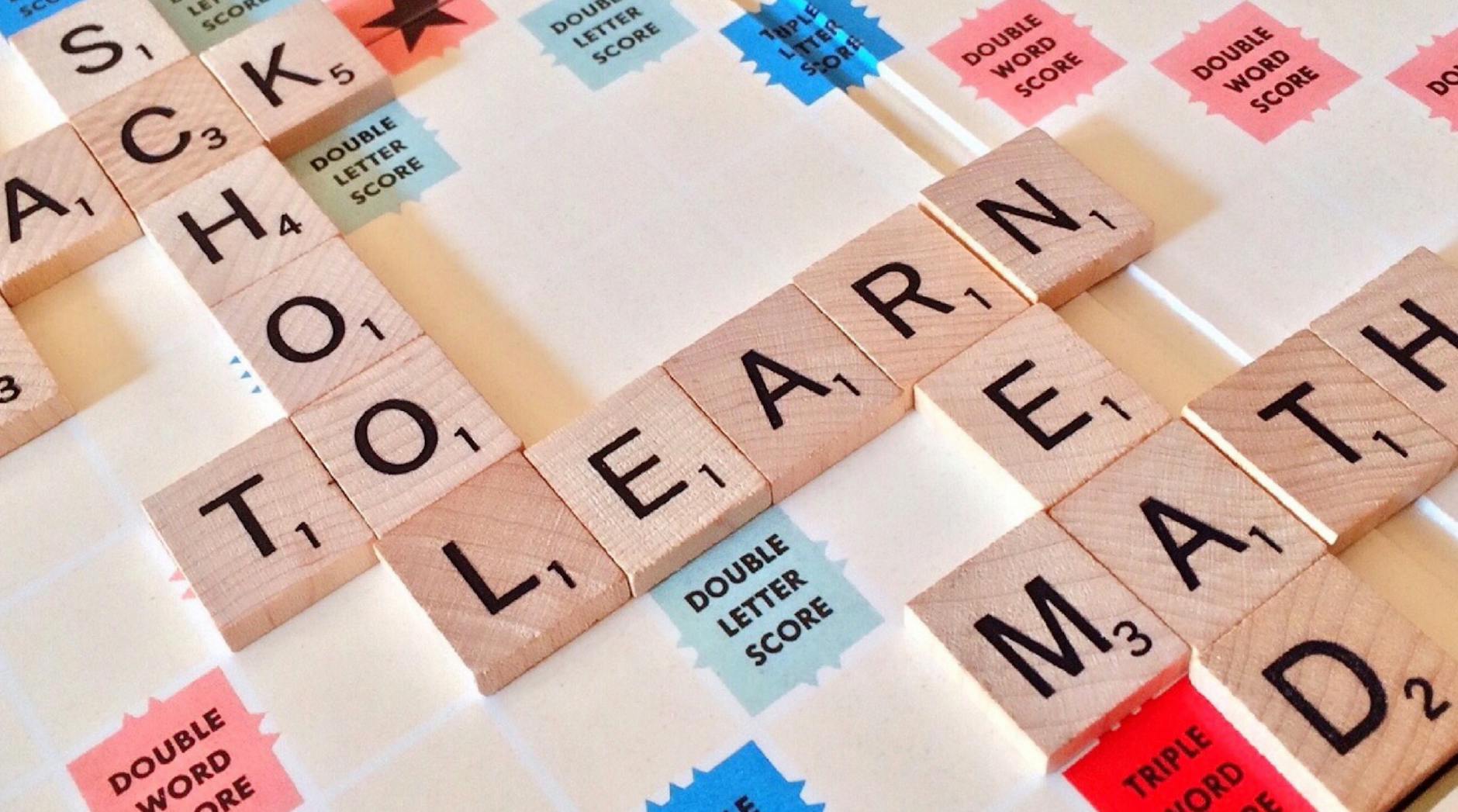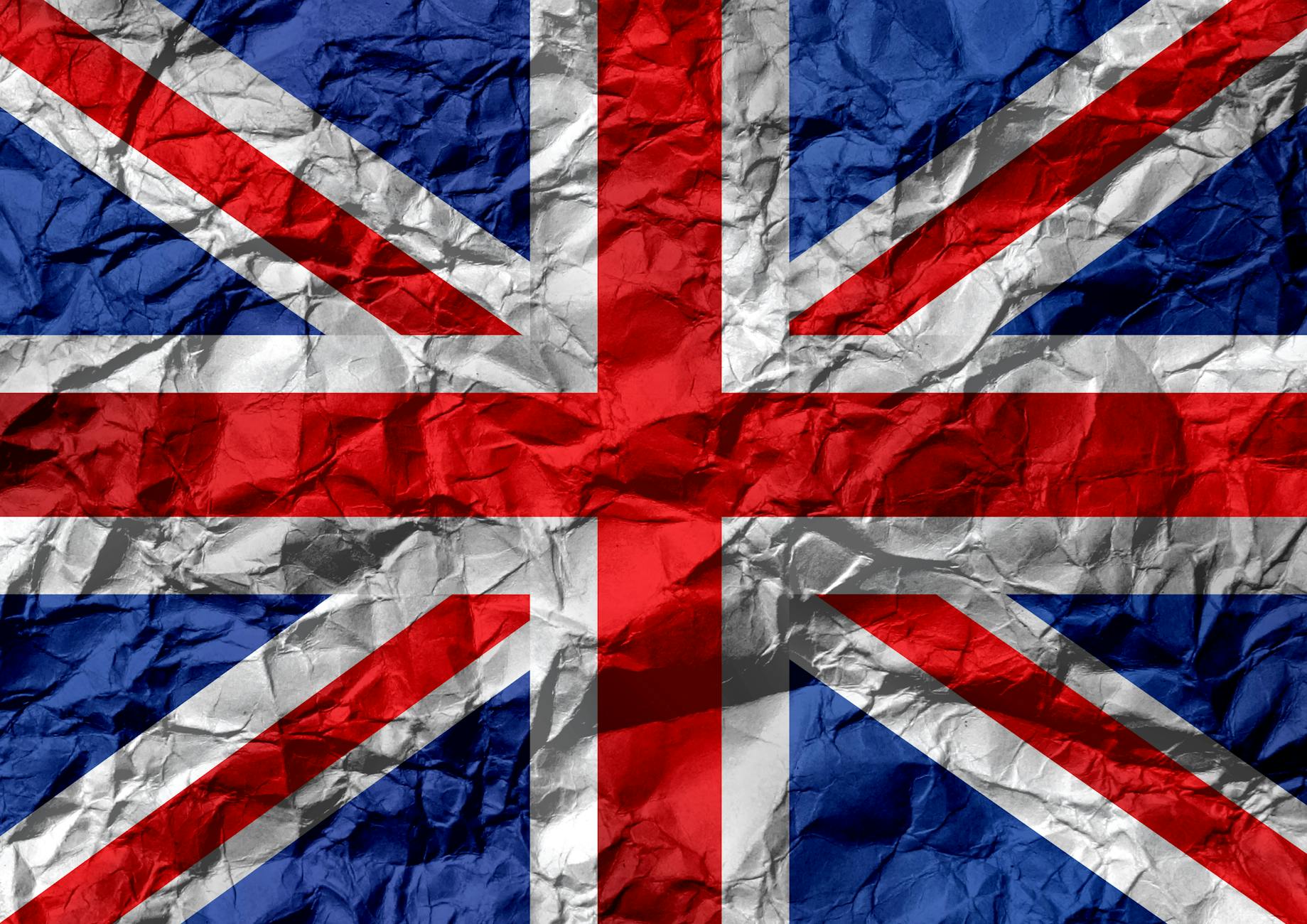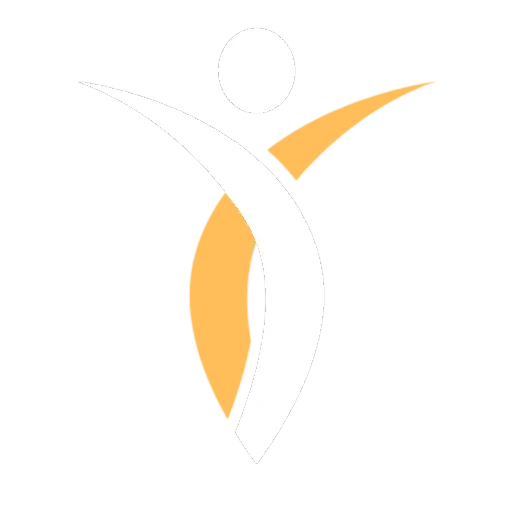Dubai, a convergence point of cultures. Arabic is the official language. Yet, English is prevalent. For medical interactions, both are crucial. Doctors use these languages daily. The blend ensures effective communication.
Arabic for Local Patients
Arabic is more than a language; it’s cultural identity. Medical professionals often need it. Interacting with local patients relies on it. For personal connections, it’s indispensable. Arabic is also significant for official documents. Treatment plans, consents, and legal matters include it.
English: The Universal Medium
English dominates in hospitals. Most doctors are fluent. Patients from diverse backgrounds rely on it. English is not just common; it’s essential. In a multicultural setting, it bridges gaps. Medical terms are primarily in English. This clarity is vital for accuracy in treatments.
Multilingual Expertise
But it doesn’t stop there. Dubai’s doctors wield more than two languages. Hindi and Urdu are frequently heard. Filipino, Farsi, and Russian add to the mix. Multilingual staff enhances trust and comfort. Patients feel better understood.
Role of Professional Interpreters
Interpreters are lifesavers in complex cases. They break the language barrier. Medical interpreters are common in hospitals. They assist during crucial consultations. Their role is invaluable for non-Arabic, non-English speakers.
Training for Linguistic Skills
Language training programs abound. Hospitals invest in them for staff. Both Arabic and English programs are frequent. Multilingual proficiency is promoted. Medical terminology is a key focus. Continuous learning is part of the job.

Challenges in Communication
Miscommunication is a persistent challenge. Medical jargon can confuse patients. Clear, non-technical language is necessary. Visual aids often help. Technology also steps in. Translation apps are increasingly used.
Regulatory Demands
The Dubai Health Authority (DHA) mandates language skills. Licensing exams may test these. Proficiency in Arabic and English is crucial. Regular assessments ensure compliance. This keeps doctors up-to-date and effective.
Community and Cultural Engagement
Doctors engage with diverse communities. They participate in local events. This deepens cultural understanding. Patients feel more connected. Cultural sensitivity enhances communication. It’s about more than just language.
Adapting to Expatriate Needs
Dubai’s expatriate population is vast. Hospitals cater to their linguistic needs. Demographic studies guide communication strategies. This tailored approach improves care quality. Recognizing language preferences is key.
Technological Advancements
AI and tech are evolving. Translation devices are becoming standard. These tools assist in real-time communication. They are pivotal in fast-paced environments. This enhances accuracy and patient satisfaction.
Feedback Mechanisms
Patient feedback systems are in place. Hospitals collect and analyze responses. This informs improvements in communication. Continuous development stems from this feedback. It shapes better patient experiences.
Embracing Diversity in Healthcare
Dubai’s healthcare is reflective of global standards. Multilingual capabilities align with international norms. This attraction for medical tourism is evident. Patients worldwide seek this competent care. It’s not just care; it’s a comprehensive service.

Recruitment for Linguistic Abilities
Hospitals seek multilingual staff. Recruitment processes highlight language skills. This aligns with the cosmopolitan character of Dubai. Language proficiency can be a decisive factor.
Resources for Language Learning
Multiple resources aid linguistic training. Online courses, workshops, and immersive programs exist. These focus on medical context languages. Hospitals often fund these training initiatives. Lifelong learning is encouraged.
Patients’ Linguistic Comfort
For patients, language affects experiences. Clear communication builds comfort. Hospitals strive to meet these needs. Patient satisfaction hinges on understanding.
Integrating Cultural Nuances
Doctors go beyond language. Cultural context matters. Gestures, practices, and traditions are respected. This holistic approach benefits patient care.
Rigorous Quality Standards
Dubai keeps up with stringent standards. Multilingual proficiency is part of these. Audits and accreditations ensure compliance. Quality assurance teams work tirelessly.
Multilingual Expansion
The future holds more for multilingual healthcare. Integration of advanced translation tech is expected. Training programs will evolve further. The aim is always improving patient care.
Patient-Centered Care
Language is pivotal in patient-centered care. Clear instructions and empathy are intertwined. Every patient’s comfort is prioritized.
Evolution and Adaptability
Dubai’s healthcare continues to grow. Feedback-driven, it adapts swiftly. Continuous improvement marks its path. The language proficiency isn’t static.
Commitment to Inclusive Communication
Inclusive communication is a hallmark. It’s about more than just words. It’s ensuring each patient, regardless of language, feels understood and valued. This commitment drives Dubai’s healthcare.
Language as a Unifying Factor
In conclusion, language in Dubai’s healthcare is a unifying force. Doctors bridge cultural and linguistic divides. Multilingualism isn’t just an asset; it’s integral. It shapes a world-class healthcare environment. Through this, Dubai stands tall, meeting the diverse needs of its global population.
The essence is simple: communication in healthcare must be inclusive, bridging divides and bringing people closer to quality care.
